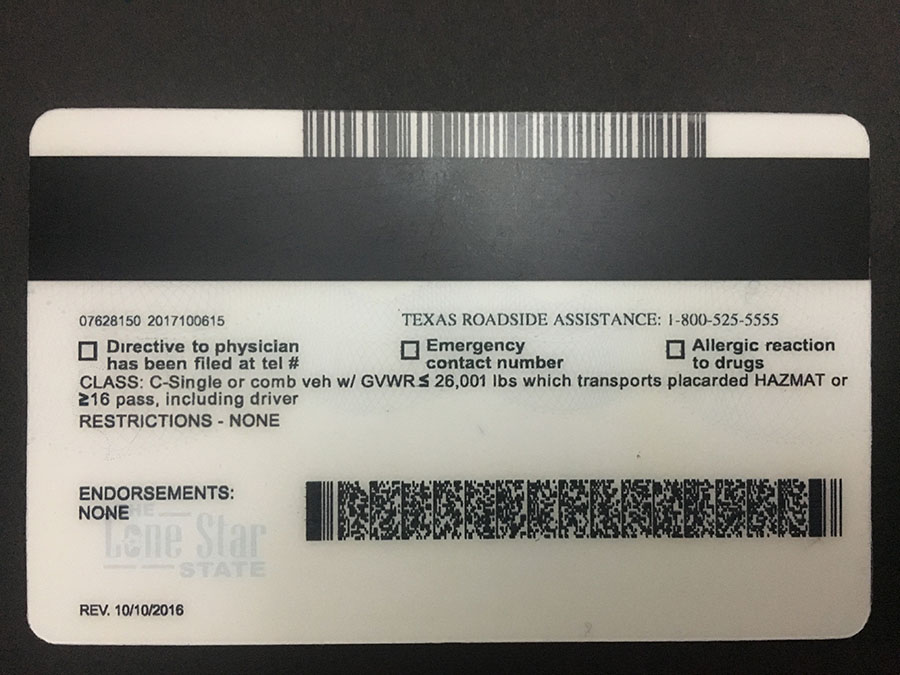

The cardiac implantable device committee of the Japanese Heart Rhythm Society reassessed the risk of driving in ICD patients based on the literature and domestic data. These large varieties are due to the lack of information about the rate of syncope while driving, which results in serious harm or death in ICD patients. Many countries have regulations for driving restrictions in ICD patients, but large varieties exist between countries, ,, , and. According to literature, the rate of syncope or loss of consciousness associated with ICD therapy varies widely, ,, ,, and. The privilege of driving is cherished, but driving restrictions are necessary when it poses a threat to others. However, patients with ICDs are known to experience complete or partial loss of consciousness.

Most ICD patients may be healthy enough to drive a motor vehicle. From 2006 to 2016, approximately 60,000 patients have been implanted with ICDs or CRT-Ds. The Japan Arrhythmia Device Industry Association (JADIA) reported that 57 ICDs and cardiac resynchronization therapy with defibrillators (CRT-Ds) were implanted in 20, respectively. An increasing number of patients are implanted with ICDs in Europe (EU) and the United States (US) and.

Implantable cardioverter-defibrillators (ICDs) improve survival in patients who have been resuscitated from ventricular fibrillation (VF) or ventricular tachycardia (VT) (i.e., secondary prevention of sudden cardiac death) as well as primary prevention of sudden cardiac death.


 0 kommentar(er)
0 kommentar(er)
